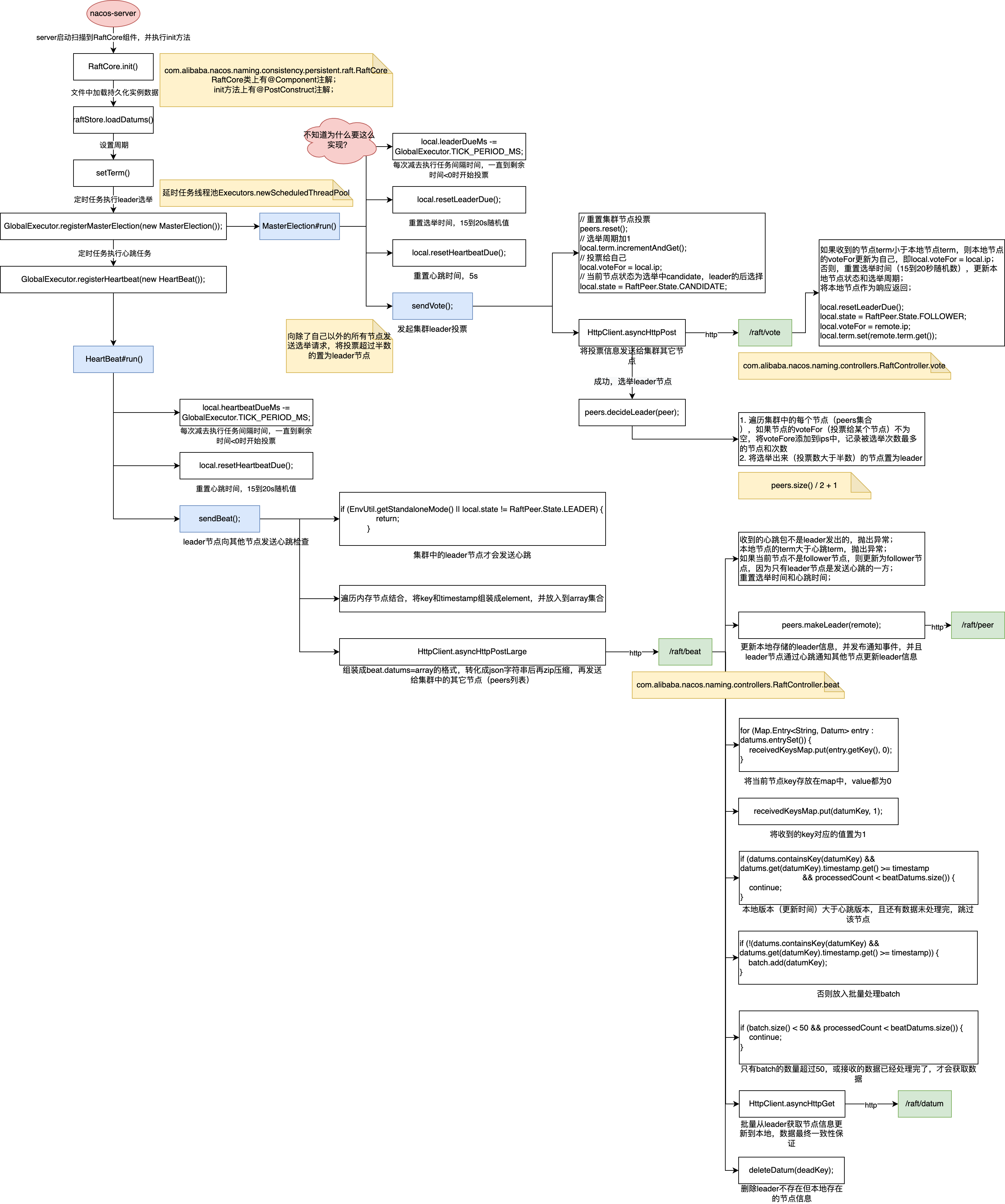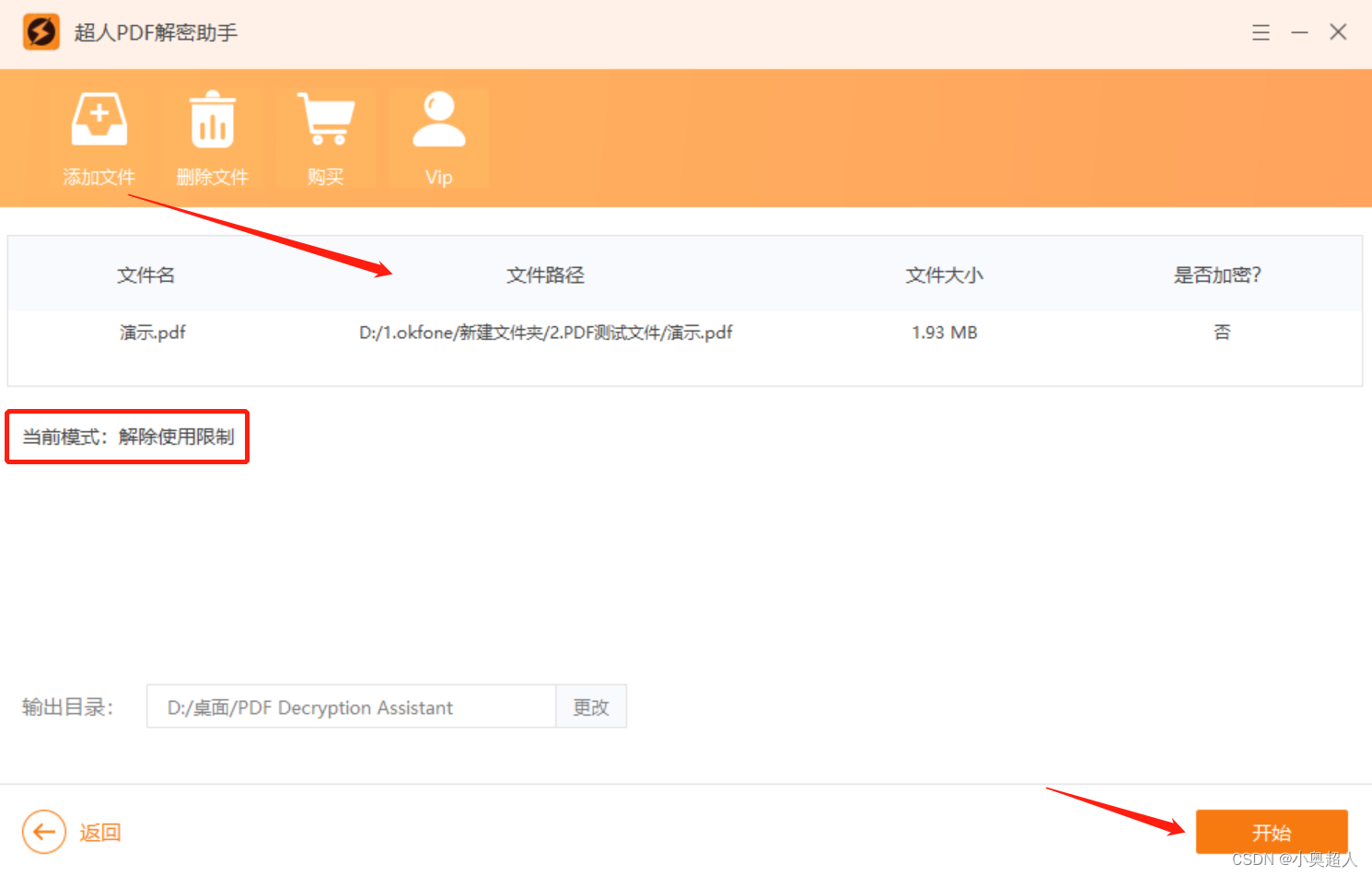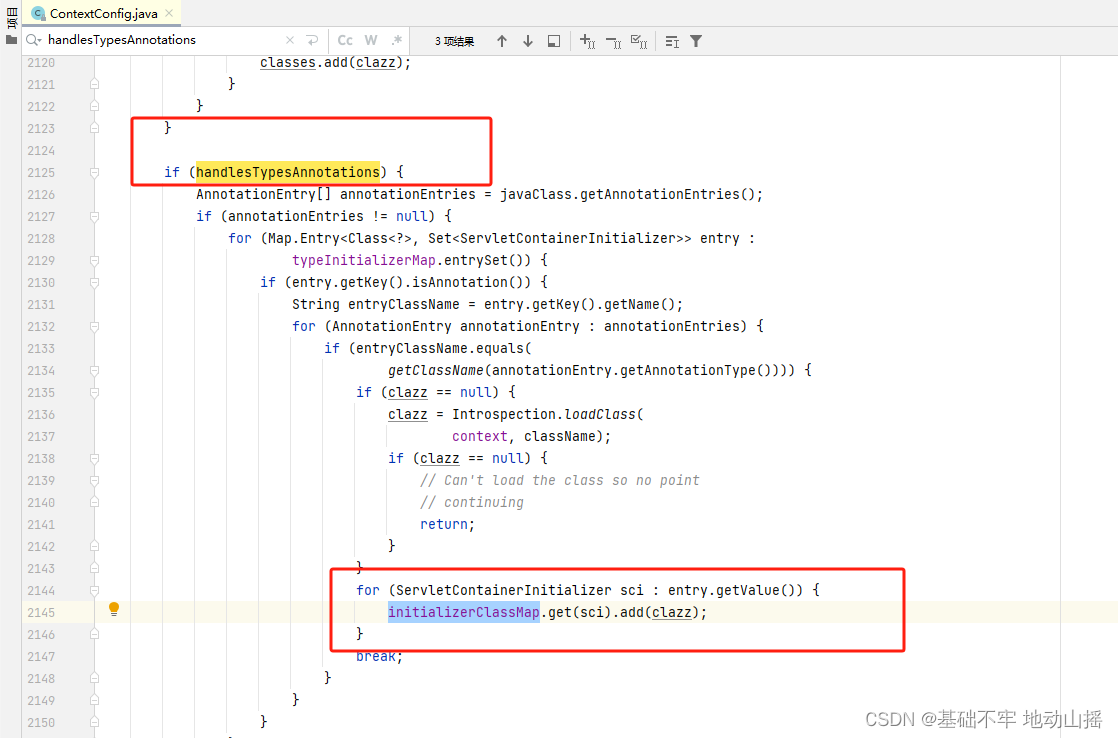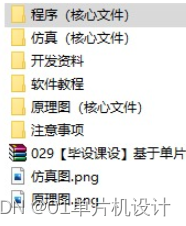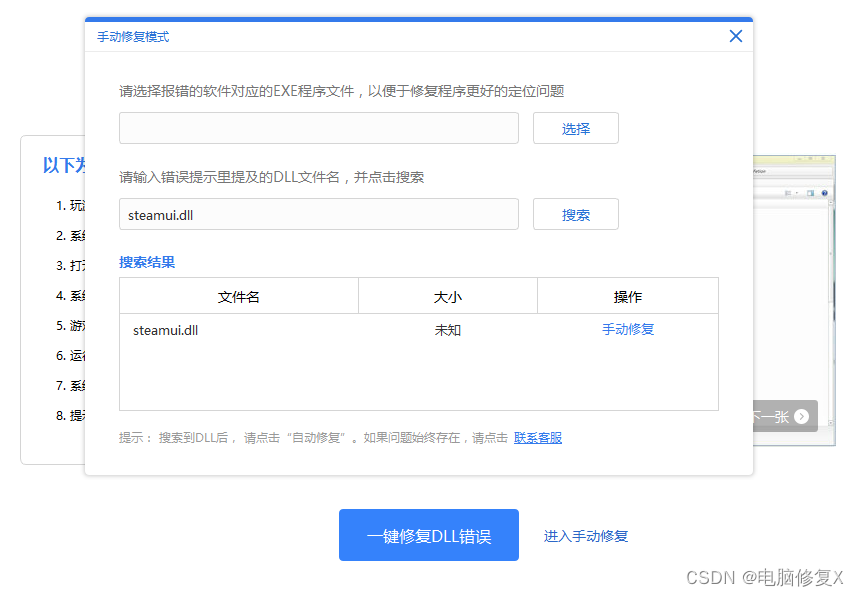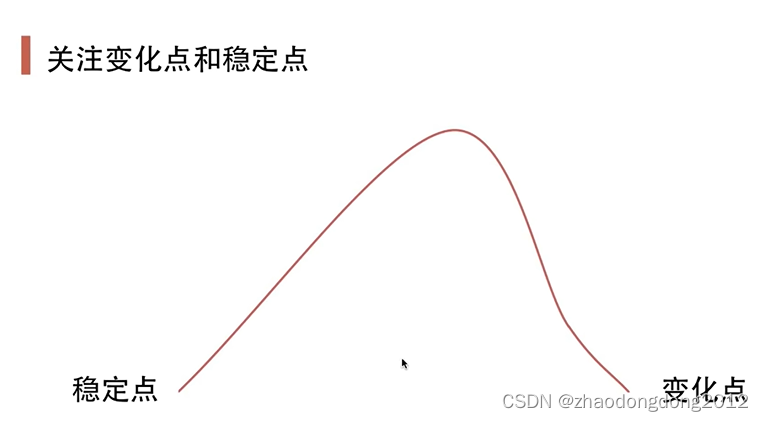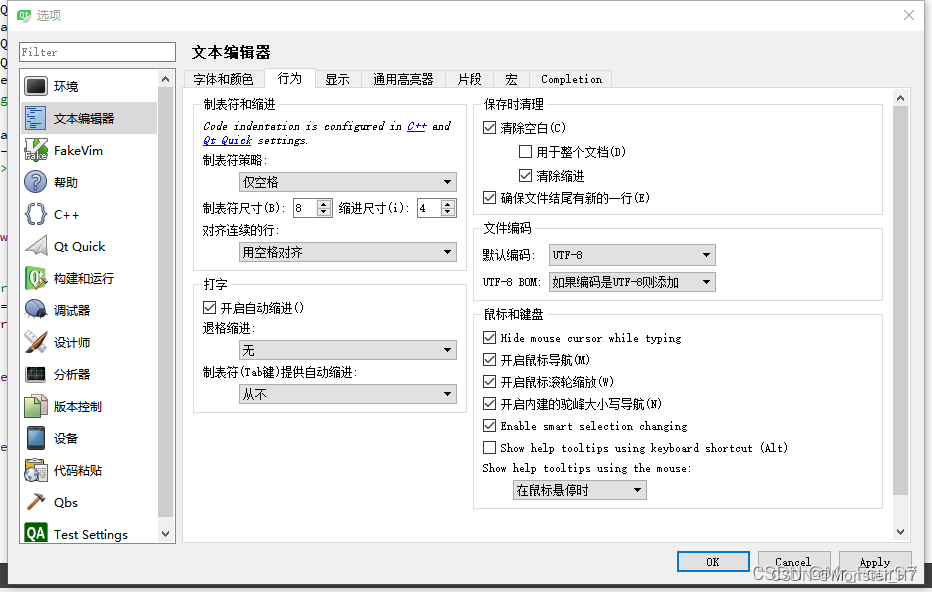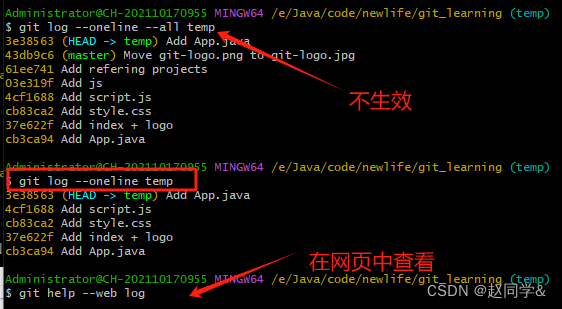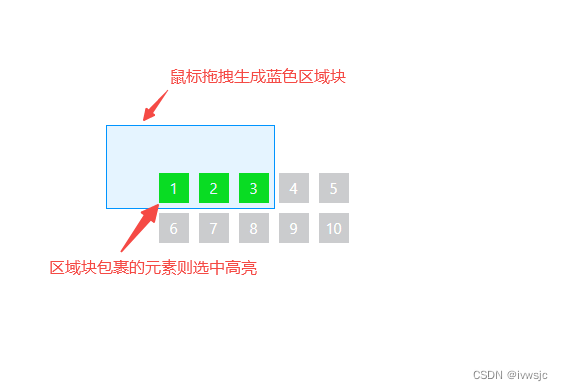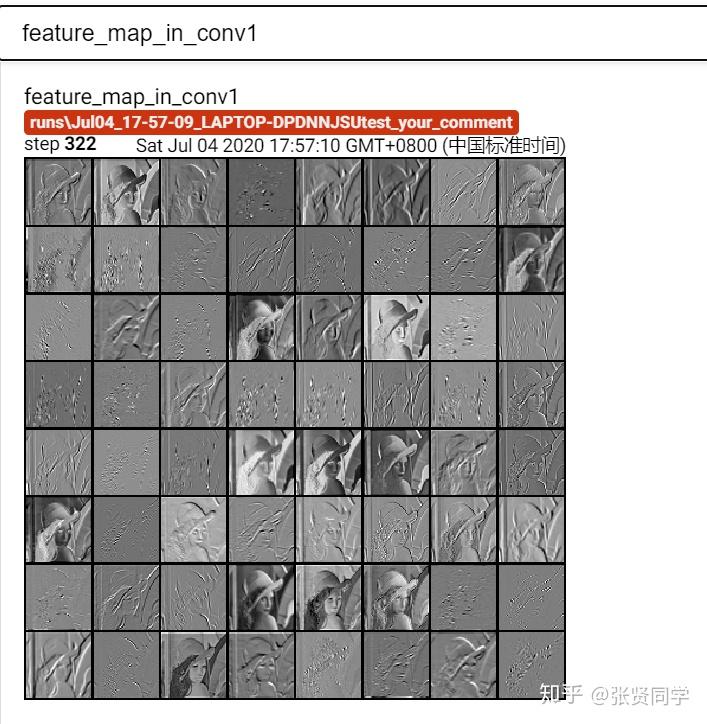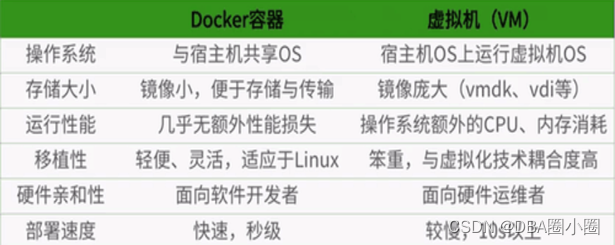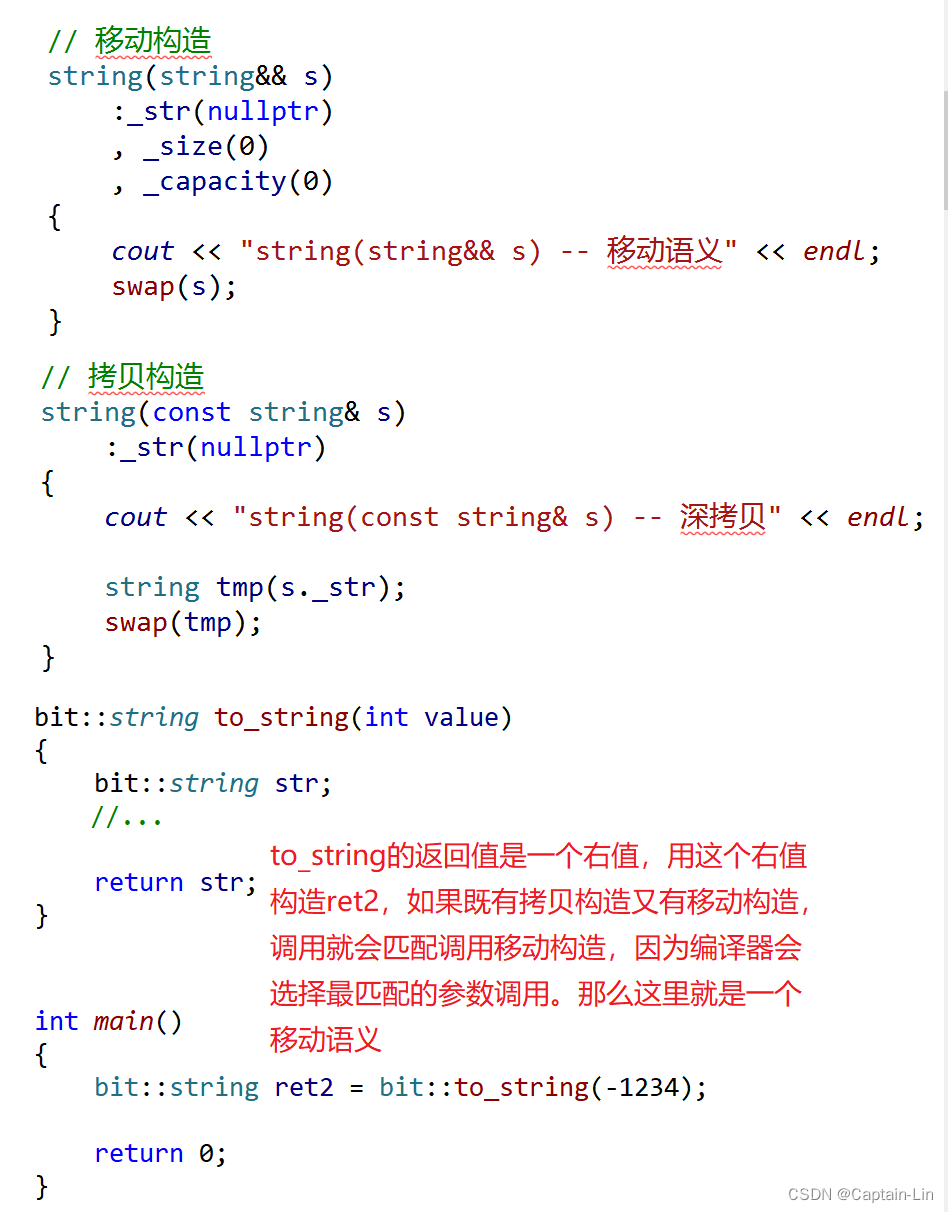主要思路:
对于唐诗生成来说,我们定义一个"S" 和 "E"作为开始和结束。

示例的唐诗大概有40000多首,
首先数据预处理,将唐诗加载到内存,生成对应的word2idx、idx2word、以及唐诗按顺序的字序列。
Dataset_Dataloader.py
import torch
import torch.nn as nn
from torch.utils.data import Dataset, DataLoader
def deal_tangshi():
with open("tangshi.txt", "r", encoding="utf-8") as fr:
lines = fr.read().strip().split("\n")
tangshis = []
for line in lines:
splits = line.split(":")
if len(splits) != 2:
continue
tangshis.append("S" + splits[1] + "E")
word2idx = {"S": 0, "E": 1}
word2idx_count = 2
tangshi_ids = []
for tangshi in tangshis:
for word in tangshi:
if word not in word2idx:
word2idx[word] = word2idx_count
word2idx_count += 1
idx2word = {idx: w for w, idx in word2idx.items()}
for tangshi in tangshis:
tangshi_ids.extend([word2idx[w] for w in tangshi])
return word2idx, idx2word, tangshis, word2idx_count, tangshi_ids
word2idx, idx2word, tangshis, word2idx_count, tangshi_ids = deal_tangshi()
class TangShiDataset(Dataset):
def __init__(self, tangshi_ids, num_chars):
# 语料数据
self.tangshi_ids = tangshi_ids
# 语料长度
self.num_chars = num_chars
# 词的数量
self.word_count = len(self.tangshi_ids)
# 句子数量
self.number = self.word_count // self.num_chars
def __len__(self):
return self.number
def __getitem__(self, idx):
# 修正索引值到: [0, self.word_count - 1]
start = min(max(idx, 0), self.word_count - self.num_chars - 2)
x = self.tangshi_ids[start: start + self.num_chars]
y = self.tangshi_ids[start + 1: start + 1 + self.num_chars]
return torch.tensor(x), torch.tensor(y)
def __test_Dataset():
dataset = TangShiDataset(tangshi_ids, 8)
x, y = dataset[0]
print(x, y)
if __name__ == '__main__':
# deal_tangshi()
__test_Dataset()
TangShiModel.py:唐诗的模型
import torch
import torch.nn as nn
from Dataset_Dataloader import *
import torch.nn.functional as F
class TangShiRNN(nn.Module):
def __init__(self, vocab_size):
super().__init__()
# 初始化词嵌入层
self.ebd = nn.Embedding(vocab_size, 128)
# 循环网络层
self.rnn = nn.RNN(128, 128, 1)
# 输出层
self.out = nn.Linear(128, vocab_size)
def forward(self, inputs, hidden):
embed = self.ebd(inputs)
# 正则化层
embed = F.dropout(embed, p=0.2)
output, hidden = self.rnn(embed.transpose(0, 1), hidden)
# 正则化层
embed = F.dropout(output, p=0.2)
output = self.out(output.squeeze())
return output, hidden
def init_hidden(self):
return torch.zeros(1, 64, 128)main.py:
import time
import torch
from Dataset_Dataloader import *
from TangShiModel import *
import torch.optim as optim
from tqdm import tqdm
device = torch.device("cuda" if torch.cuda.is_available() else "cpu")
def train():
dataset = TangShiDataset(tangshi_ids, 128)
epochs = 100
model = TangShiRNN(word2idx_count).to(device)
criterion = nn.CrossEntropyLoss()
optimizer = optim.Adam(model.parameters(), lr=1e-3)
for idx in range(epochs):
dataloader = DataLoader(dataset, batch_size=64, shuffle=True, drop_last=True)
start_time = time.time()
total_loss = 0
total_num = 0
total_correct = 0
total_correct_num = 0
hidden = model.init_hidden()
for x, y in tqdm(dataloader):
x = x.to(device)
y = y.to(device)
# 隐藏状态
hidden = model.init_hidden()
hidden = hidden.to(device)
# 模型计算
output, hidden = model(x, hidden)
# print(output.shape)
# print(y.shape)
# 计算损失
loss = criterion(output.permute(1, 2, 0), y)
# 梯度清零
optimizer.zero_grad()
# 反向传播
loss.backward()
# 参数更新
optimizer.step()
total_loss += loss.sum().item()
total_num += len(y)
total_correct_num += y.shape[0] * y.shape[1]
# print(output.shape)
total_correct += (torch.argmax(output.permute(1, 0, 2), dim=-1) == y).sum().item()
print("epoch : %d average_loss : %.3f average_correct : %.3f use_time : %ds" %
(idx + 1, total_loss / total_num, total_correct / total_correct_num, time.time() - start_time))
torch.save(model.state_dict(), f"./modules/tangshi_module_{idx + 1}.bin")
if __name__ == '__main__':
train()
predict.py:
import torch
import torch.nn as nn
from Dataset_Dataloader import *
from TangShiModel import *
device = torch.device("cuda" if torch.cuda.is_available() else "cpu")
def predict():
model = TangShiRNN(word2idx_count)
model.load_state_dict(torch.load("./modules/tangshi_module_100.bin", map_location=torch.device('cpu')))
model.eval()
hidden = torch.zeros(1, 1, 128)
start_word = input("输入第一个字:")
flag = None
tangshi_strs = []
while True:
if not flag:
outputs, hidden = model(torch.tensor([[word2idx["S"]]], dtype=torch.long), hidden)
tangshi_strs.append("S")
flag = True
else:
tangshi_strs.append(start_word)
outputs, hidden = model(torch.tensor([[word2idx[start_word]]], dtype=torch.long), hidden)
top_i = torch.argmax(outputs, dim=-1)
if top_i.item() == word2idx["E"]:
break
print(top_i)
start_word = idx2word[top_i.item()]
print(tangshi_strs)
if __name__ == '__main__':
predict()
完整代码如下:
https://github.com/STZZ-1992/tangshi-generator.git![]() https://github.com/STZZ-1992/tangshi-generator.git
https://github.com/STZZ-1992/tangshi-generator.git
